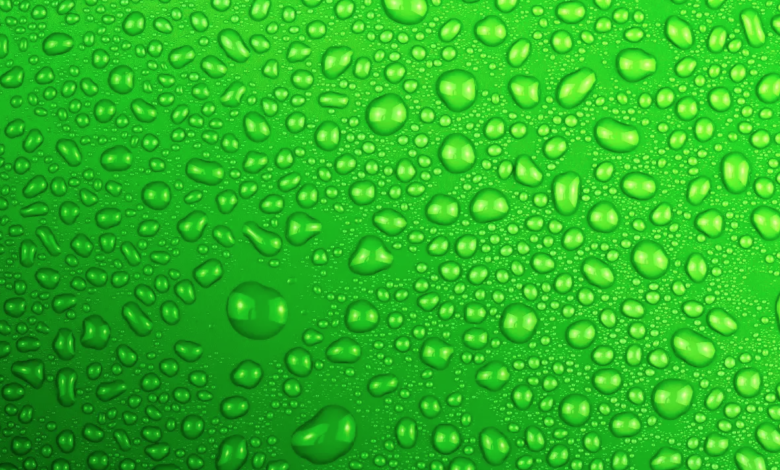Natural Enzymes to Produce Green Hydrogen low cost
Hydrogenase and TiO2 to produce green hydrogen low cost from water and sun
New steps forward for the photoelectrolysis of water, this time in the direction of sustainability. A group of chemists at Swansea University worked with researchers at CEA Grenoble to develop a new catalytic approach to low-cost green hydrogen production. The key to the job? Employ natural enzymes instead of expensive synthetic platinum-based catalysts. “In our work – explains Dr Moritz Kuehnel, senior lecturer at Swansea University’s chemistry department – we employ hydrogenase (a class of bacterial enzymes) to generate green hydrogen using sunlight. Unlike synthetic catalysts that are based on precious metals, hydrogenases contain only abundant elements such as iron and nickel”.
In nature, these enzymes are used by bacteria and algae to transform and make usable the chemical energy contained in hydrogen bonds. Their ability to catalyze the reversible oxidation of hydrogen has long attracted the attention of energy research, but making their use outside of microorganisms practical is a challenge. The main problem is that hydrogenases are very sensitive and tend to deactivate quickly when exposed to air.
To overcome the obstacle, the team developed engineered solvents that allow hydrogenases to operate in the air. By putting enzymes in these solvents instead of in water it is possible to make them more active and stable by providing a new path to generate low-cost green hydrogen.
“We have integrated synthetic nanoparticles with natural enzymes into so-called hybrid materials, which combine the best of both worlds to achieve new and superior functionality,” explains Christine Cavazza, senior scientist at CEA Grenoble. “Tio2 nanoparticles are formidable in using sunlight to generate charges, and hydrogenases are extremely efficient in using these charges to produce hydrogen” from water. The combination of the two elements thus the efficient generation of green hydrogen from sunlight, making the process more economical, fast and flexible. The results of the researchers have just been published in the journal Angewandte Chemie.






